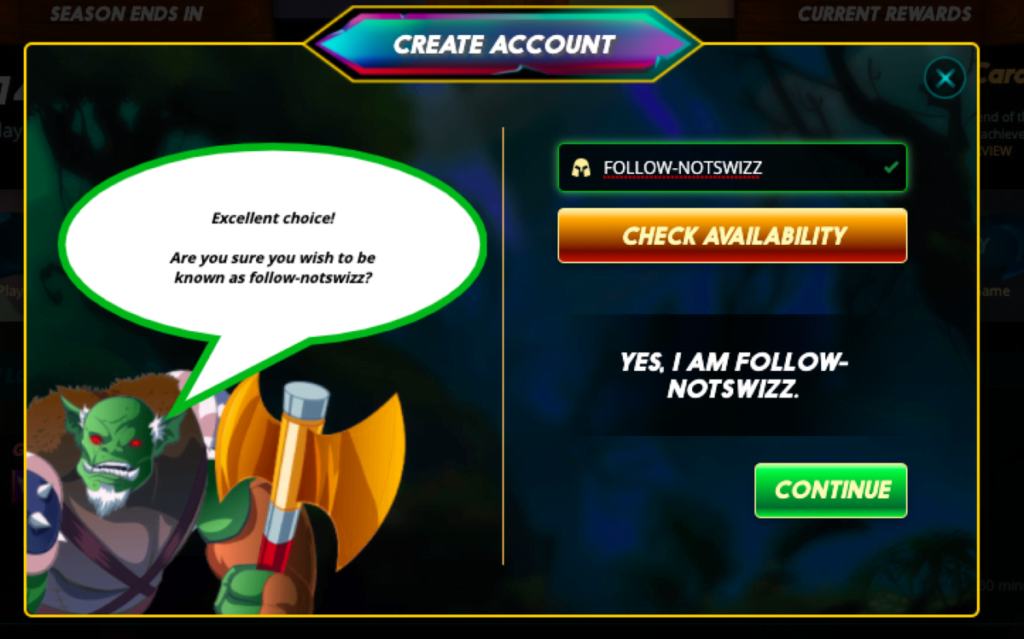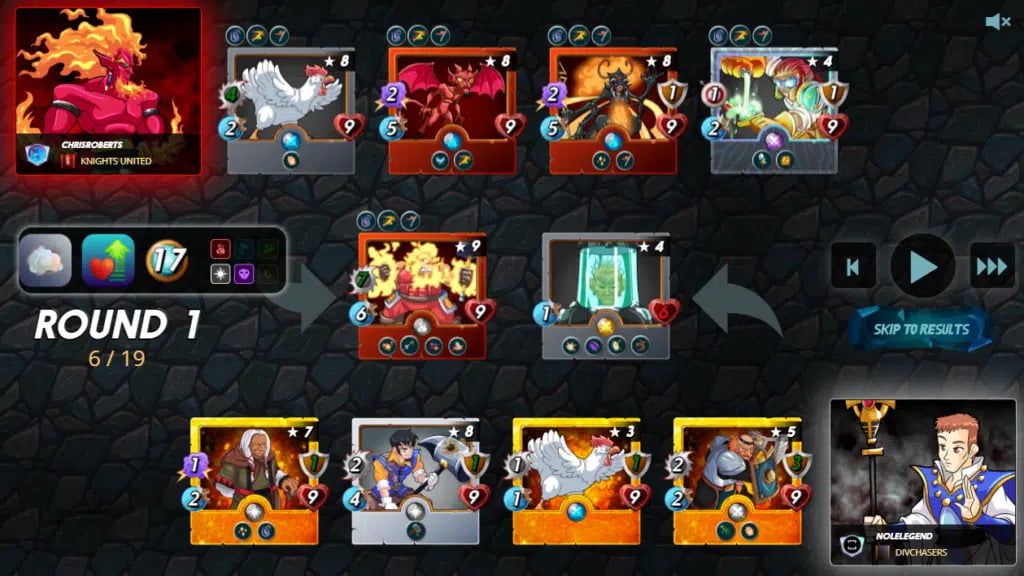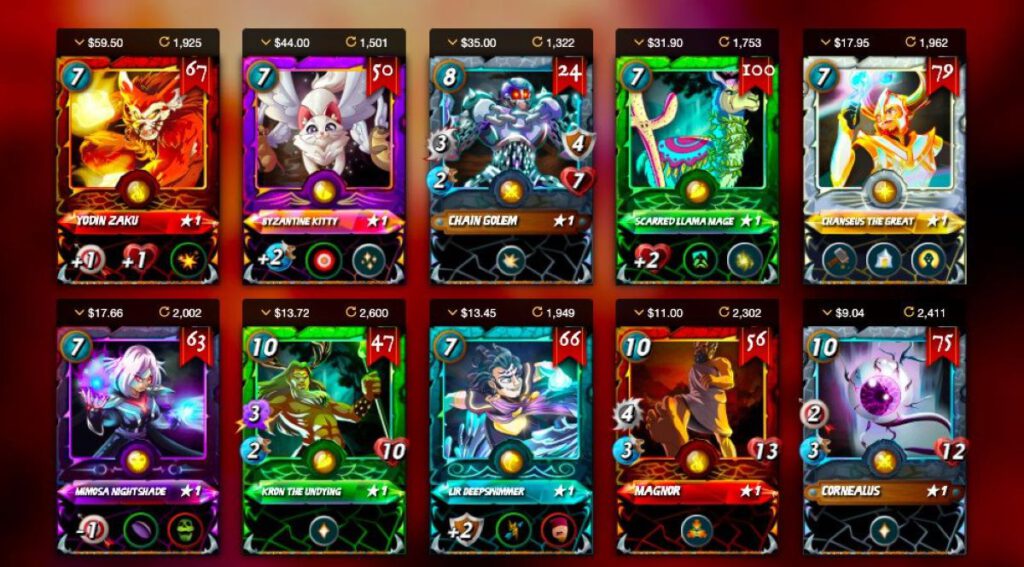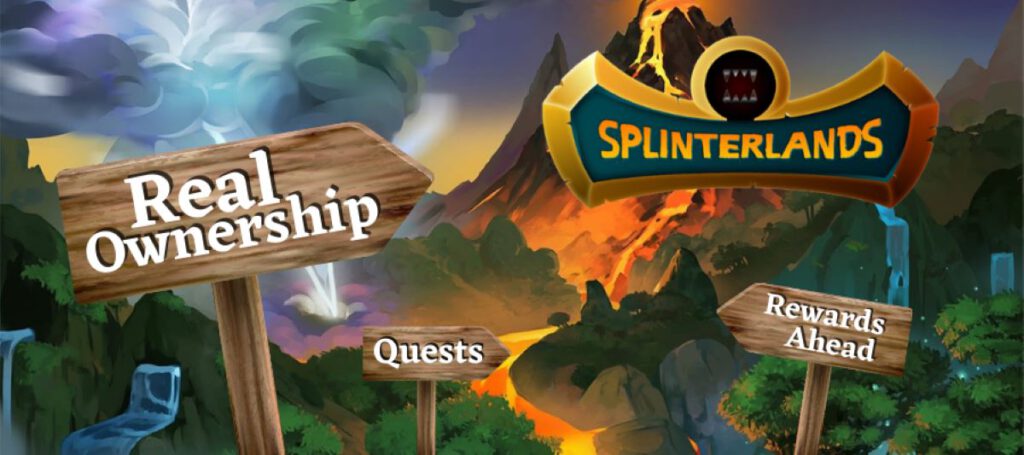Welcome to the world of Splinterlands! This guide serves as your compass, helping you navigate the exciting realm of this popular NFT game. Splinterlands combines the thrills of collectible card games with the ever-growing world of NFTs. This guide aims to provide you with an understanding of the game mechanics, NFTs, strategies, and more. So, let’s dive right in!
Getting Started
Creating an Account
First things first, head over to the official Splinterlands website and create an account. Signing up is simple and straightforward. Just follow the instructions provided, and you’ll be on your way to building your deck in no time.

Navigating the Interface
The game interface might seem overwhelming at first. Fear not! It’s designed with user-friendliness in mind. Familiarize yourself with the different sections: play, cards, shop, events, and more. Each section offers essential information and tools to enhance your gaming experience.
Understanding the Game Economy
Splinterlands has its in-game currency, Dark Energy Crystals (DEC). You’ll need DEC to buy cards, participate in events, and more. You can earn DEC through various activities, including winning battles, completing quests, and trading NFTs. Remember, understanding the game economy is vital for success.
Basics of Gameplay
Rules of the Game
The game is a turn-based strategy card game, where players use their unique decks to compete in battles. Each player has a Summoner and a team of Monsters. The goal? Defeat your opponent’s team! Both Summoners and Monsters have abilities that impact the outcome of a battle.
Types of Cards
- Summoners: The backbone of your team, Summoners dictate which Monsters you can use in battle. They also have unique abilities that empower your Monsters.
- Monsters: These are your main fighters. Monsters have various stats, such as health, attack, and speed. They also possess unique abilities that can turn the tide of battle.
- Abilities: Abilities grant Monsters and Summoners special powers. For example, some abilities can heal, shield, or deal extra damage.

Elements and Splinters
Splinterlands features six elements: Fire, Water, Earth, Life, Death, and Dragon. Each element represents a Splinter, a group of Summoners and Monsters. Building a balanced deck around a specific element can give you a strategic advantage in battles.
Strategies and Tactics
The key to winning lies in understanding your cards and their abilities. Experiment with different combinations, find synergies, and develop tactics that suit your playstyle. There’s no one-size-fits-all strategy, so don’t be afraid to think outside the box!
Leveling up Cards and Summoners
As you progress in the game, you’ll need to level up your cards. Combine duplicate cards to increase their level, boosting their stats and abilities. Stronger cards mean a higher chance of victory!
NFTs in Splinterlands
Non-fungible tokens (NFTs) are unique digital assets that represent ownership and value. In Splinterlands, cards are NFTs, which means you can buy, sell, trade, and even rent them. This adds a whole new dimension to the game, as your cards can become valuable assets.

Obtaining NFT Cards
- Market: The in-game market is a hub for buying, selling, and trading NFT cards. Use your DEC to purchase cards or sell your own to earn DEC.
- Packs: You can buy card packs using DEC or other cryptocurrencies. These packs contain a random assortment of cards, with the chance of getting rare or powerful cards.
- Events: Participate in various events and tournaments to win exclusive NFT cards. Keep an eye on the events calendar for upcoming opportunities.
Tokenization and Trading
Tokenization allows you to convert your NFT cards into digital assets that you can trade on various platforms. Trading your NFTs can be profitable, but be cautious and understand the risks involved.
Rarity and Value
Cards in Splinterlands have different rarity levels: Common, Rare, Epic, and Legendary. Rarer cards are generally more powerful and valuable. The value of an NFT card depends on factors like rarity, demand, and usability in the game.
In-Game Economy
SPS (Splinterlands Governance Token)
SplinterShards (SPS) is the governance token for Splinterlands, empowering players to shape the game’s future. SPS holders enjoy discounts, bonus rewards, and voting power on the game’s direction.
Users can create development proposals and review third-party propositions, fostering a collaborative approach to the game’s evolution.

DEC (Dark Energy Crystals)
DEC is the lifeblood of the Splinterlands economy. You’ll use it to purchase cards, enter tournaments, and more. Earning DEC through gameplay and trading is essential for growing your collection and enhancing your gaming experience.
Earning and Spending DEC
You can earn DEC by winning battles, completing daily quests, and trading NFTs. Spend your DEC wisely to acquire powerful cards, enter events, or level up your existing cards. Balance your earnings and expenses for long-term success.
DEC is the lifeblood of the Splinterlands economy. You’ll use it to purchase cards, enter tournaments, and more. Earning DEC through gameplay and trading is essential for growing your collection and enhancing your gaming experience.
Renting Cards
The game allows players to rent out their NFT cards to other players. Renting can be an excellent strategy for newcomers who want to test out different cards or experienced players looking to earn passive income from their collection.
Tournaments and Events
Regular Tournaments
Splinterlands hosts regular tournaments, where players can compete for DEC, card packs, and other rewards. These tournaments are a great way to test your skills, showcase your collection, and earn valuable prizes.
Special Events
Keep an eye out for special events, like holiday-themed battles, collaborative events with other games, and more. Participating in these events can grant you exclusive rewards and enrich your gaming experience.
Rewards and Prizes
Winning tournaments and events can earn you valuable rewards, including DEC, NFTs, and other in-game assets. These rewards not only enhance your gameplay but can also be traded or sold for profit.

Pros and Cons
Pros
- Engaging Gameplay: Splinterlands offers a fun, strategic gaming experience that keeps players coming back for more.
- NFT Ownership: Own and control your in-game assets, with the potential to trade, sell, or rent them.
- Active Community: The game boasts a vibrant community, providing support, friendship, and collaboration opportunities.
- Earning Potential: Through gameplay, trading, and events, you can earn valuable rewards and assets.
Cons
- Initial Investment: Getting started may require some initial investment, especially if you want to be competitive.
- Complexity for Beginners: The game’s learning curve can be steep for newcomers, especially with the NFT aspect.
- Potential for Market Fluctuations: The NFT market can be volatile, affecting the value of your in-game assets.
- Limited Mainstream Appeal: As a niche game, Splinterlands may not appeal to all gamers or investors.
Tips and Tricks
Building a Strong Deck
A well-rounded deck is crucial for success. Focus on cards that complement each other and cover potential weaknesses. Experiment and adapt your deck to suit your playstyle.
Balancing Your NFT Investments
Invest wisely in NFTs, considering factors like rarity, usability, and potential value. Don’t put all your eggs in one basket; diversify your investments to minimize risk and maximize potential rewards.
Staying Updated with Community News
Join community forums, discussion groups, and follow social media accounts to stay informed about updates, events, and market trends. Engaging with the community also helps you learn from experienced players and make new friends.
Participating in Social Events and Collaborations
Splinterlands often collaborates with other games, artists, or platforms for special events. Participate in these events to earn exclusive rewards and enjoy unique experiences.
Conclusion
In summary, Splinterlands offers an engaging and strategic gaming experience, combining collectible card games with the exciting world of NFTs. Understanding the game mechanics, economy, and NFT aspects will help you succeed and enjoy the game to its fullest. So, go ahead, dive into the world of Splinterlands, build your deck, and unleash your strategic prowess!
Key strategies include understanding your cards and their abilities, experimenting with different combinations, finding synergies, and developing tactics that suit your playstyle.
There are three types of cards in Splinterlands: Summoners, Monsters, and Abilities. Summoners dictate which Monsters you can use in battle, while Monsters have various stats and unique abilities that impact the outcome of a battle.
Pros include engaging gameplay, NFT ownership, an active community, and earning potential. Cons involve the initial investment, complexity for beginners, potential market fluctuations, and limited mainstream appeal.
Splinterlands is a popular NFT trading card game that combines the thrills of collectible card games with the growing universe of non-fungible tokens (NFTs).
SPS, or SplinterShards, is the governance token for Splinterlands. SPS holders receive discounts and bonus rewards on promotions, can vote on the game’s future direction, and participate in the game’s development by creating proposals and reviewing third-party propositions.
Author

Gaming innovator with a zest for exploring the potential of blockchain in fostering community-driven platforms.




